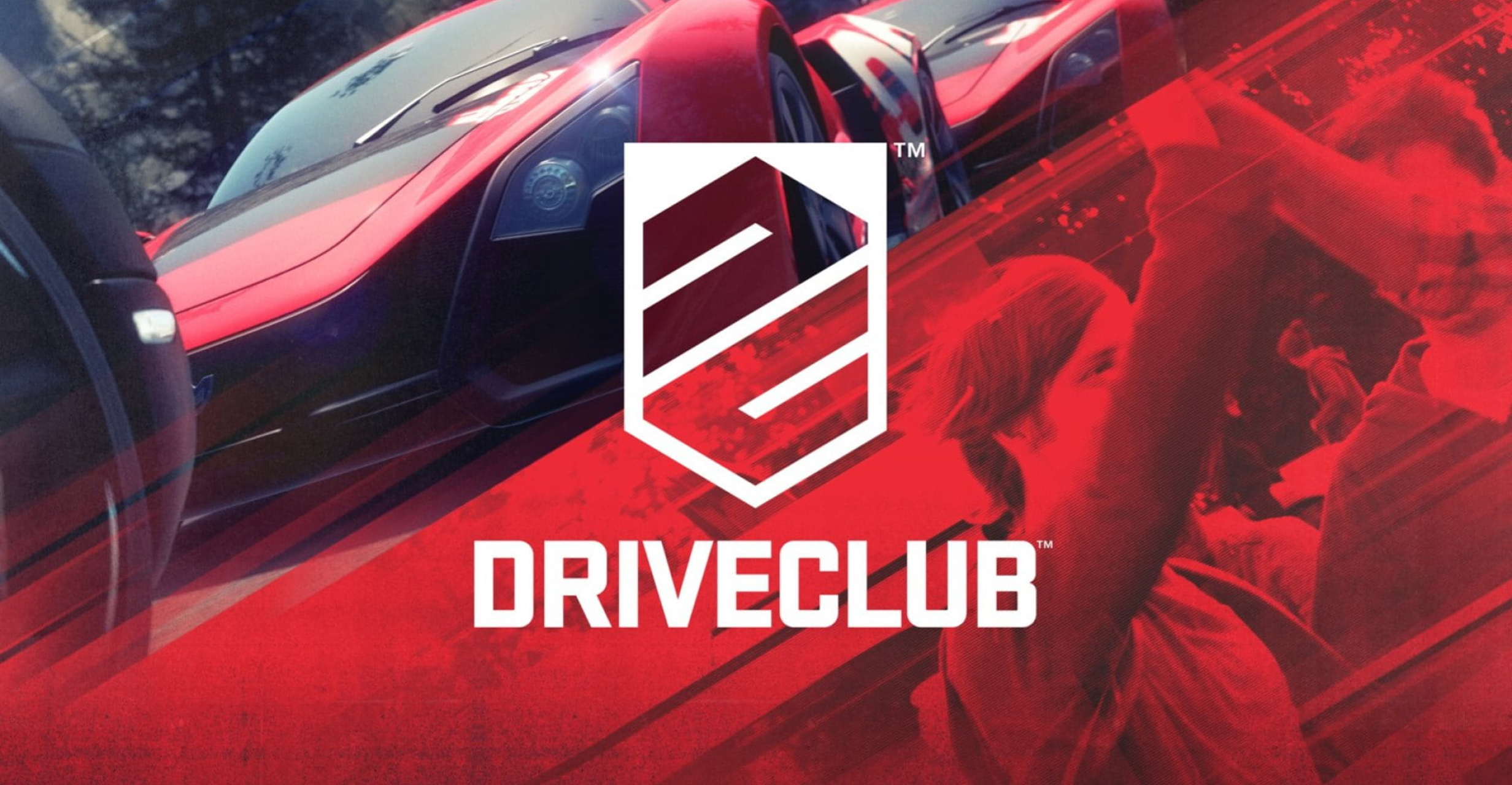
The launch of the PlayStation 4 marked a new era for gaming, with DriveClub positioned as one of its standout launch titles. Unlike traditional racing games, DriveClub introduced a social, team-based experience, where players formed clubs and competed against others worldwide.
To make this vision even more immersive, the development studio, Evolution Studios, wanted to introduce a second-screen experience—a mobile and tablet app that would allow players to track progress, watch live gameplay, and interact with their driving clubs on the go.
I was brought in as the UX lead and project manager, tasked with designing and managing the development of a multi-device experience that seamlessly extended the console experience onto iOS and Android. With tight deadlines, shifting requirements, and the pressure of launching alongside the PlayStation 4, the project required a mix of precision, adaptability, and innovative thinking.
The second-screen app wasn’t just an add-on—it was an essential part of the DriveClub experience, allowing players to stay engaged with the game even when away from their console. This meant designing an app that:
The biggest challenge was ensuring that the experience remained fluid—users needed to be able to jump between console and mobile without feeling disconnected. Every aspect of the app was designed to mirror the UI and UX principles of the PlayStation ecosystem, making it feel like a natural extension of the game.
With DriveClub launching alongside the PlayStation 4, the timeline was incredibly tight. On top of that, game development is a constantly shifting process, meaning requirements changed frequently, and new features had to be incorporated quickly.
Press events and demos had fixed deadlines, requiring fully functional builds of the app at multiple stages before launch. To keep pace, I:
Despite these challenges, every milestone was hit on time, ensuring the app was ready for launch and well-received during pre-release press events.
When the app was showcased in pre-release events, it was well-received by both media and the gaming community. As one of the first PlayStation 4 titles to introduce a fully integrated second-screen experience, many saw it as a glimpse into the future of connected gaming.
Gaming publications highlighted its potential to redefine how players engage with their games, with some even touting it as the beginning of a new category of second-screen gaming experiences.
The success of the app’s development process led to multiple contract extensions, allowing me to continue refining the experience up until launch. Evolution Studios was extremely pleased with the outcome, particularly how the app mirrored the console experience while introducing new ways for players to stay connected.
By the time DriveClub launched, the second-screen app had proven its value as an essential companion to the game, setting a new standard for how racing titles could engage players beyond the console.
Developing a second-screen experience for a major PlayStation launch title reinforced key lessons about building immersive, multi-platform gaming experiences:
If you’re looking to design immersive, multi-platform experiences, streamline development workflows, or integrate mobile with gaming, let’s chat.